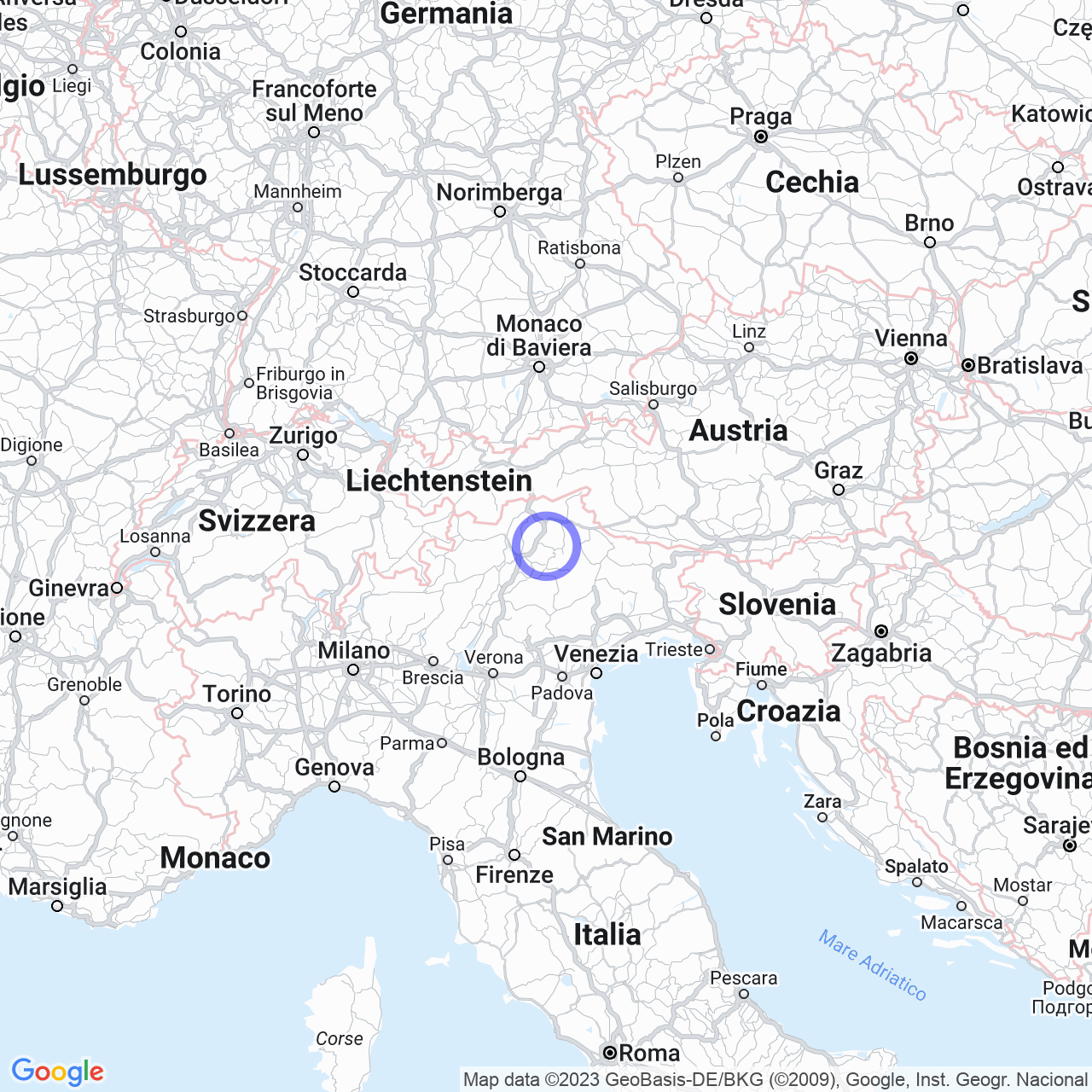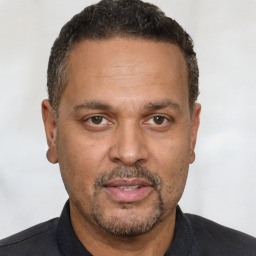Ortisei
A look at the autonomous province of Bolzano
Hello friends, today I want to talk to you about the autonomous province of Bolzano, a trilingual area located in northern Italy. According to data from the census of linguistic groups in October 2011, the majority of the population (69.41%) speaks German, followed by 26.06% of Italian and the remaining 4.53% of Ladin.
Statistics and changes
Data on linguistic groups is collected every ten years. The report from 31.12.2021, which was supposed to begin on March 1, 2022, has been postponed indefinitely for clarifications of a legal and technical nature.
From the 2011 census, it emerged that Italians are mainly concentrated in the capital Bolzano, Merano and Bressanone, while Ladin speakers are mainly in Val Gardena and Val Badia. The most significant growth has been recorded in the German and Ladin groups, with a decrease of the Italian group of almost 9% in the municipality of Brenner. Many believe that this is due to Austria's entry into the European Union and the subsequent accession to the Schengen Agreement, which abolished customs and border posts at the Brenner Pass, resulting in a reduction in personnel.

Distribution of linguistic groups
Germans make up the majority of the population, with a peak of 100% in Martello, while Italians have a maximum percentage of 73.80% in Bolzano. Ladin speakers, with a maximum percentage of 97.66%, live in La Valle.
Italian and Ladin-speaking localities
As mentioned earlier, Italians are concentrated in Bolzano, Merano, and Bressanone, but also in other municipalities in the province. Ladin speakers are mainly concentrated in Val Gardena and Val Badia.
Final considerations
In summary, the autonomous province of Bolzano is a trilingual area with a majority of German speakers and minorities of Italian and Ladin. Linguistic groups have been monitored through the census of linguistic groups. To date, the distribution of linguistic groups seems to have evolved significantly compared to what emerged from the 1991 census. We hope to have more information soon on the next planned census. Thank you for reading!
